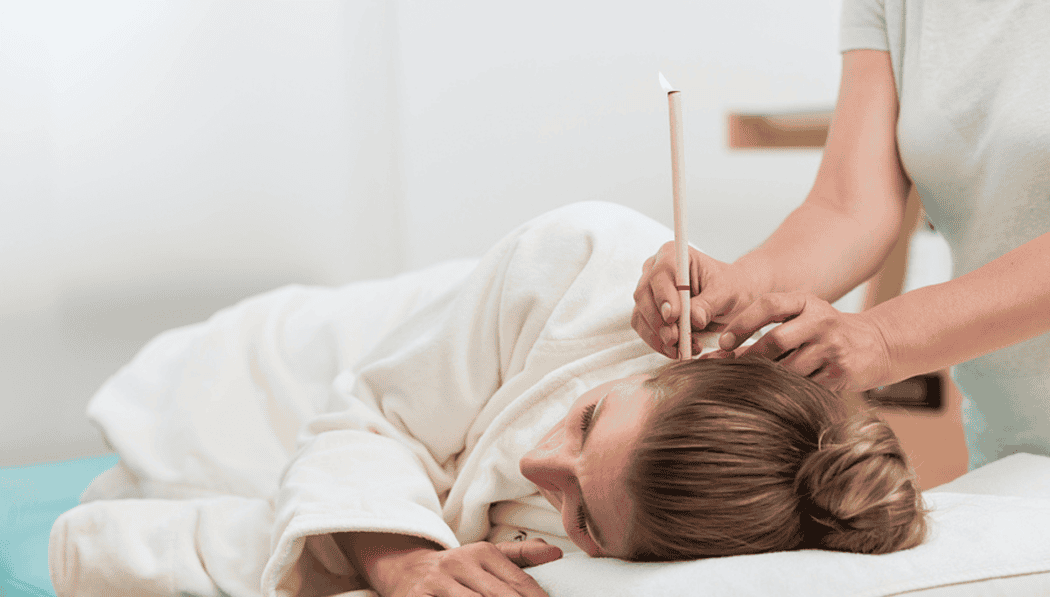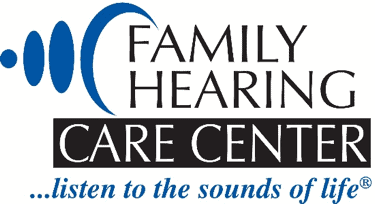
Understanding the Effects of Ear Candling
Ear candling, a practice rooted in alternative medicine, has gained popularity for its claims of cleaning out earwax and enhancing overall ear health. However, it’s critical to carefully evaluate these claims and understand the associated risks and safer alternatives. This journey, while challenging, can lead to a healthier lifestyle and improved hearing care when approached thoughtfully and with awareness.
Exploring Ear Candling Claims
Ear candling involves inserting a hollow, cone-shaped candle into the ear canal and lighting the exposed end. It’s often touted as a natural remedy for removing earwax and even detoxifying the ear. Proponents of ear candling suggest that the warmth of the candle creates a vacuum effect, drawing impurities out of the ear canal. They claim benefits such as reduced earwax, improved clarity of hearing, and relief from sinus problems or other ear-related discomforts. Yet, it is important to approach these claims with caution and seek scientifically backed evidence before embracing any health practice.
Risks of Ear Candling
While ear candling might sound appealing due to its natural approach, it’s important to understand the risks involved. This practice has been associated with a range of potential hazards that can compromise ear health. Common dangers include burns to the ear or face and blockage of the ear canal with wax from the candle itself. Additionally, the process of holding a lit candle close to delicate ear structures poses a risk of ear infections and even damage to the eardrum. The potential severity of these risks highlights the importance of considering safer alternatives for ear care.
Scientific Evidence and Effectiveness
Scientific evaluations of ear candling have revealed little support for its claimed benefits. Studies have not found credible evidence that this practice effectively removes earwax or improves ear health. Instead, they often find that any wax or debris observed after candling typically originates from the candle, not the ear. Understanding such facts can be disappointing but also empowering. It underscores the importance of relying on evidence-based practices that genuinely contribute to ear health and overall wellness.
Potential Dangers and Complications
The complications associated with ear candling can extend beyond minor discomfort or temporary injury. There have been reports of serious issues, including perforated eardrums and the introduction of candle ash or wax into the ear canal. Such complications can result in permanent hearing damage and often necessitate medical intervention. Recognizing these risks emphasizes the need to prioritize safety and well-being when considering methods for ear care.
Safer Alternatives for Earwax Removal
Thankfully, there are safer and more effective alternatives for managing earwax that do not carry the risks associated with ear candling. One of the most accessible options is the use of over-the-counter ear drops designed to soften earwax, making it easier and safer to remove naturally.
These products are relatively inexpensive and offer an effortless way to maintain ear health at home. Also, for those experiencing persistent or troublesome earwax buildup, seeking assistance from a healthcare professional can provide effective solutions. Hearing health professionals can offer treatments such as ear irrigation or manual wax removal that are both safe and effective.
Encouraging Professional Advice and Early Intervention
Promoting an environment where regular hearing checkups and consultations with professionals are the norm can have a profound impact on one’s quality of life. The consistent monitoring of ear health allows for early intervention, which plays a critical role in preventing more serious complications. With the right guidance and practices in place, individuals who experience hearing loss or related challenges can feel confident in their ability to protect and improve their hearing health.
Taking constructive steps toward safe and informed ear care reduces the risk of harm and contributes to a positive sense of well-being. By exploring and understanding safe practices, you or your loved ones can encourage a shift toward better health and a higher quality of life. Reach out to professional networks that offer support and guidance, allowing you to embrace the hearing health journey with reassurance and optimism.
